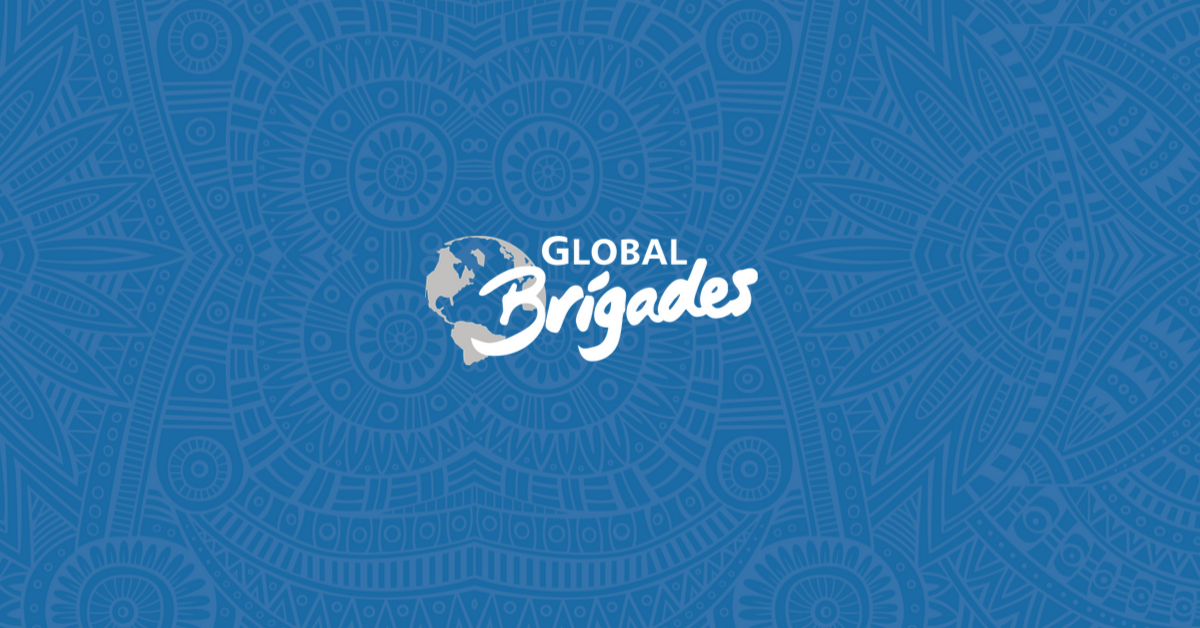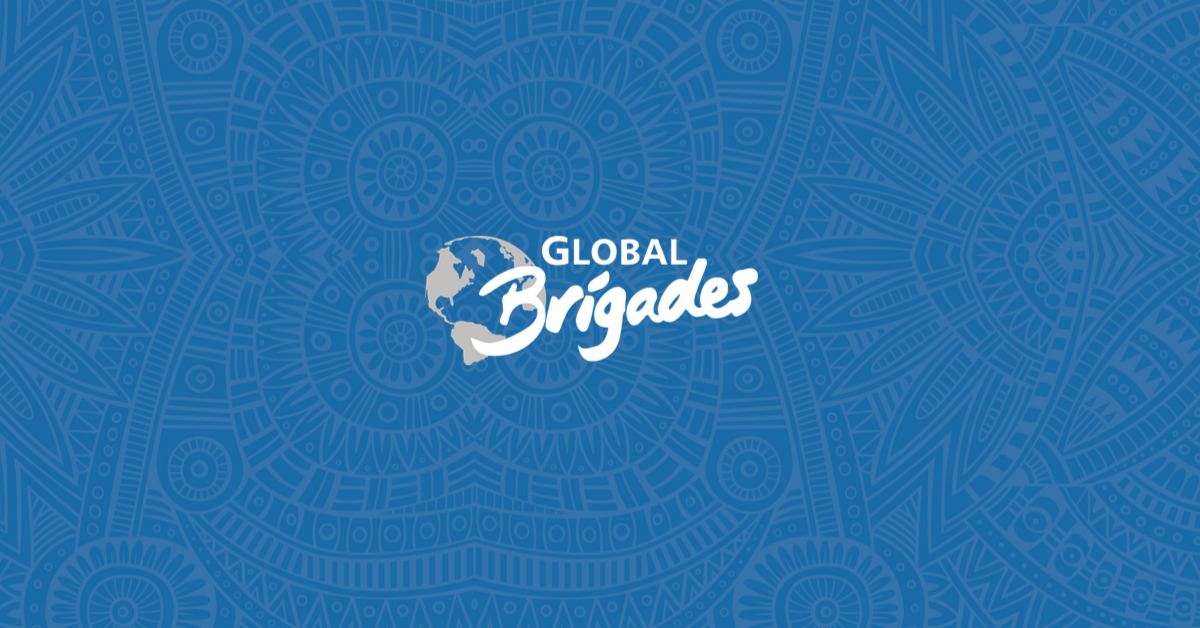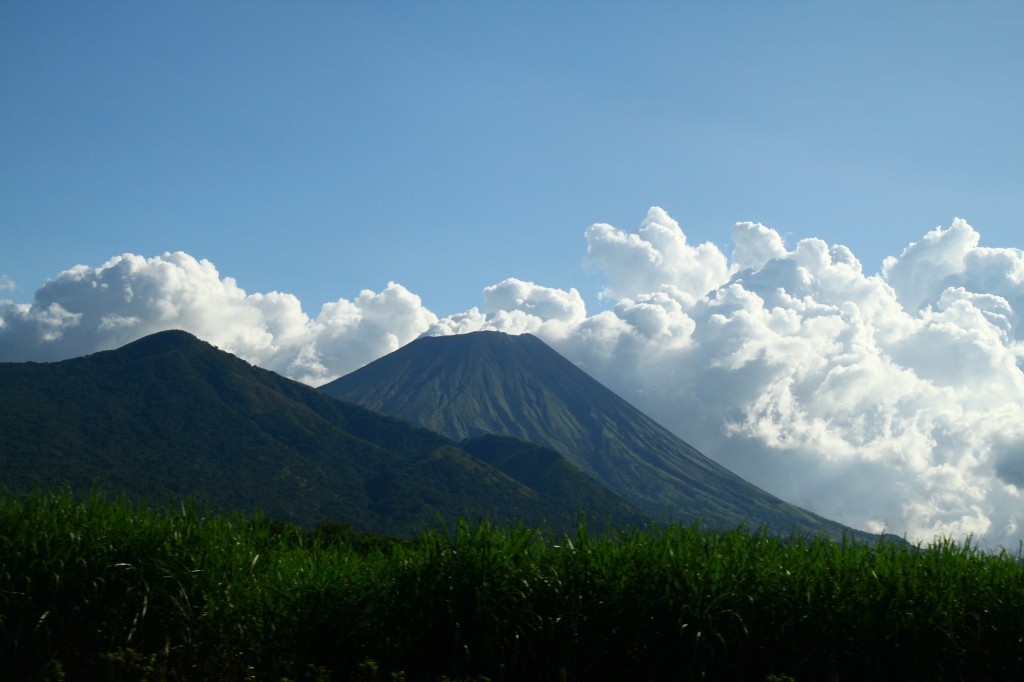Panama has been characterized by some, including its own citizens, as a third world country. Others, especially within the academic circle, have characterized such countries as “developing”. Nonetheless, what makes Panama unique is the financial,and often times cultural, divide between its citizens and residents. Panama City can easily be mistaken for Miami—with its residential ocean side high rises, its booming import and export industries fueled by the canal and the free trade zone, and its worldly population of educated young people. However, take a bus just one hour outside the city, and there is lack of electricity, plumbing, and even potable water.
It has become my impression that many folks, especially young people, who live in the city rarely venture out to see this “other world” first hand. Nelbina Santa Cruz, an international business student at la Universidad de Santa Maria Antigua who came to Panama from Mexico City three years ago for college mentioned, “I do not leave the city much because I do not have family here, but there is really no excuse—it is cheap to take a bus [to the interior]”. Nelbina represents one large demographic of young people in Panama—those who come from other Latin American countries to find work in a healthy labor market or to study in hope of landing a job in Panama City after graduation. In fact, at the age of 23, Nelbina already owns a small internet-business selling fashionable t-shirts and tote bags*.
Jorge Cerrud, age 25, represents another demographic amidst the Panamanian youth. A young professional originally from Chiriqui, a rural province bordering Costa Rica, Jorge has studied both in the United States and Germany. He said it was hard returning to Panama because it is so difficult to find a good paying career—especially while young and not as experienced as seasoned professionals. “I visit Chiriqui about once every three months because my parents live there”. When asked why so many urban young people do not visit the Panamanian interior often, he cited lack of entertainment and professional opportunities: “There is nothing for young people to do out there….most people from the interior come to Panama City to go shopping, go to clubs, and see movies”.
With most young city dwellers used to urban conveniences, the Panamanian Interior offers little entertainment value. When asked if they would visit the interior more often if there were more tourism businesses such as agro-tourism, local hotels, and ethno-tourism projects targeted at young professionals, both Nelbina and Jorge answered a prophetic “yes”.
Global Brigades is just one of many organizations trying to increase the amount of rural, locally managed and community sustained tourism businesses within the Panamanian Interior. Hopefully, once this industry begins to thrive, Panama’s young people will rediscover the wonders their own country has to offer.
*To support a local Panamanian business, check out the online fashion store of Nelbina Santa Cruz at www.nellysworkshop.com




